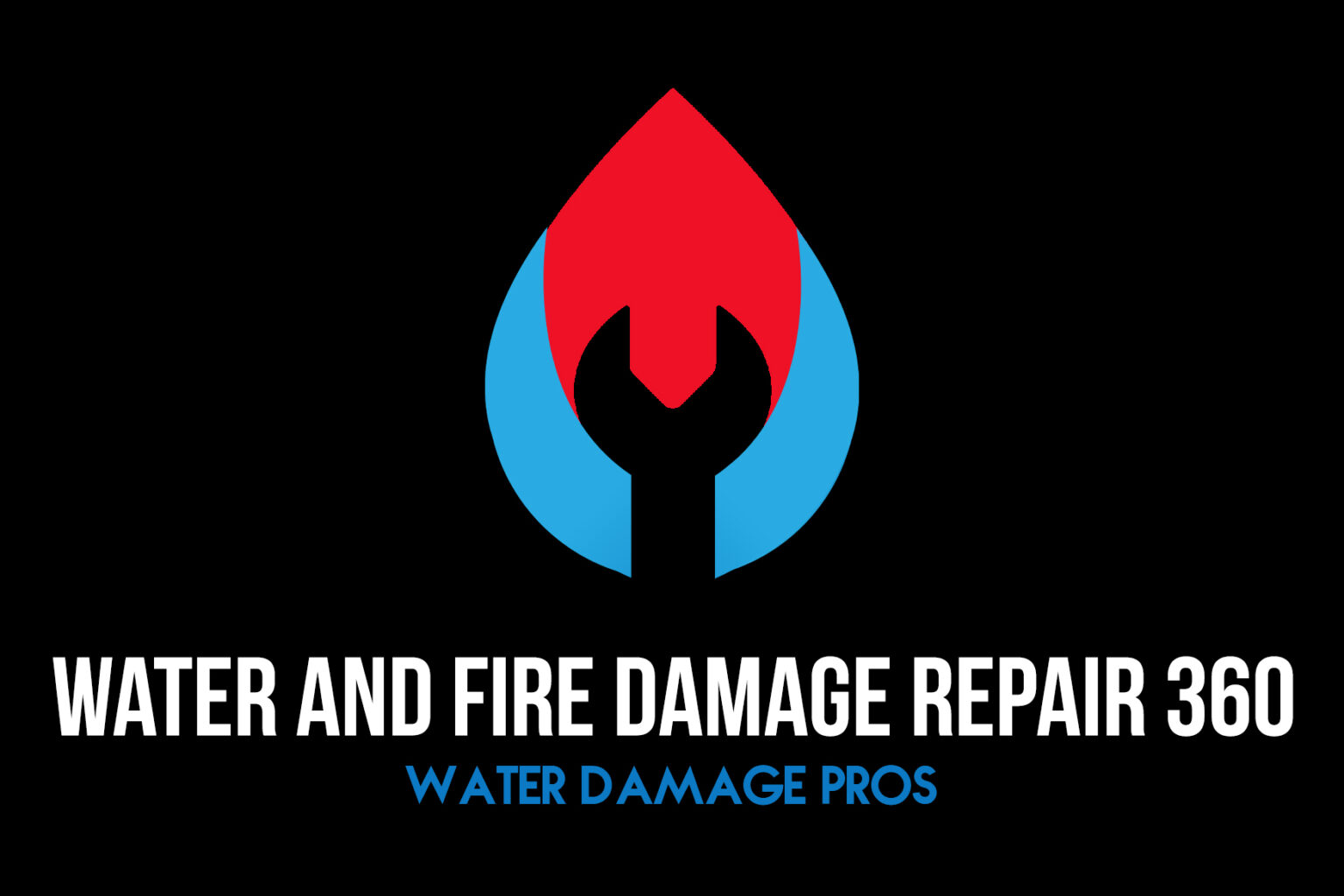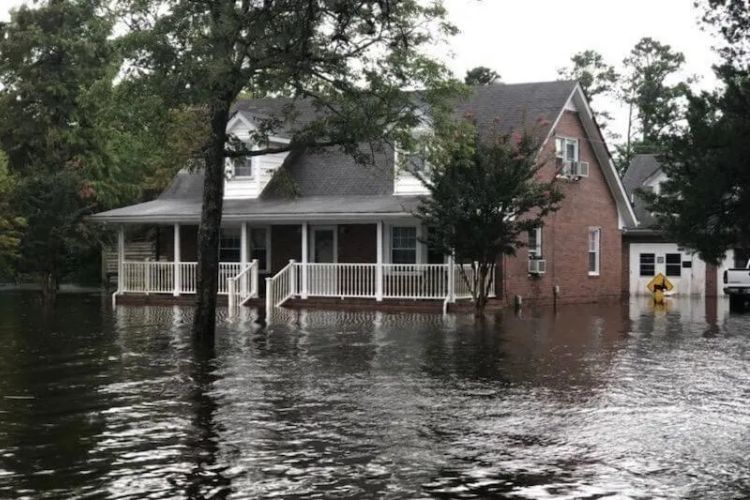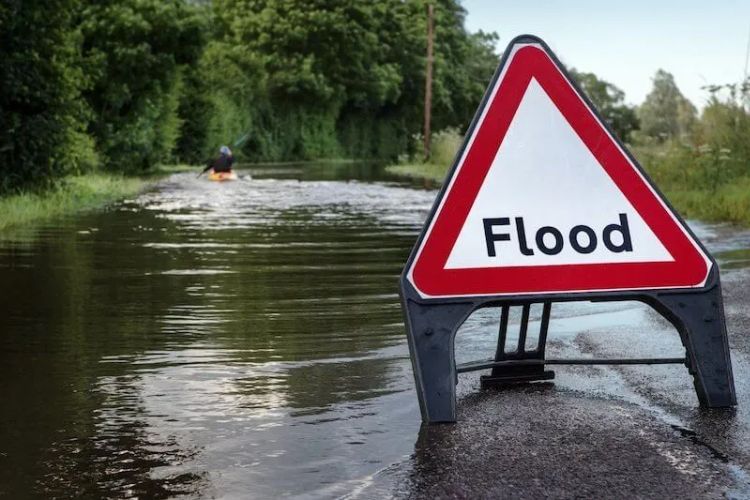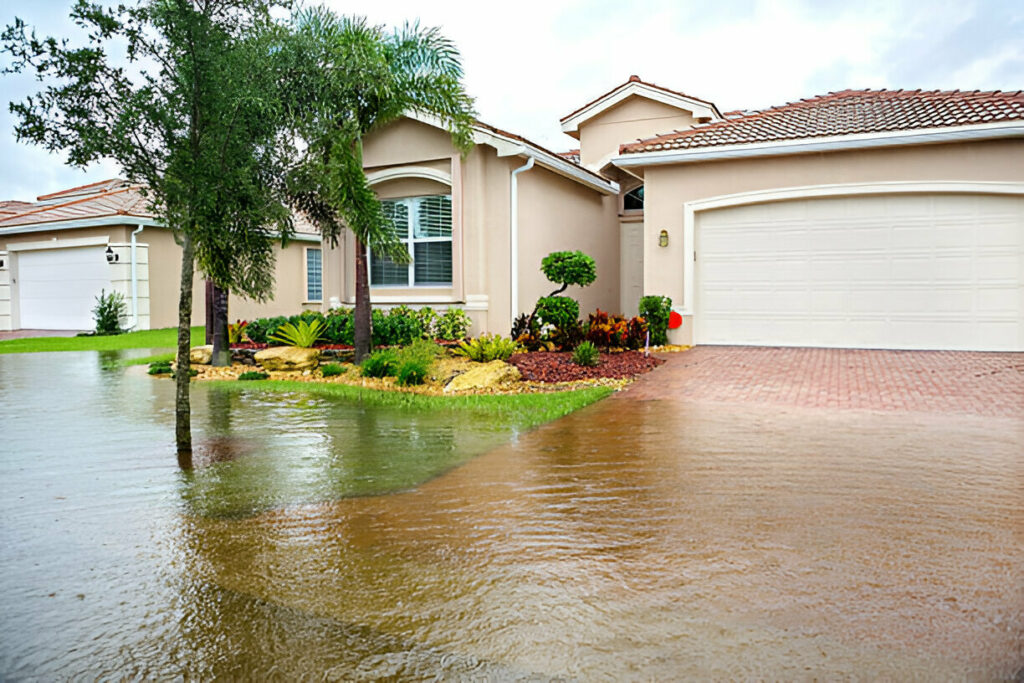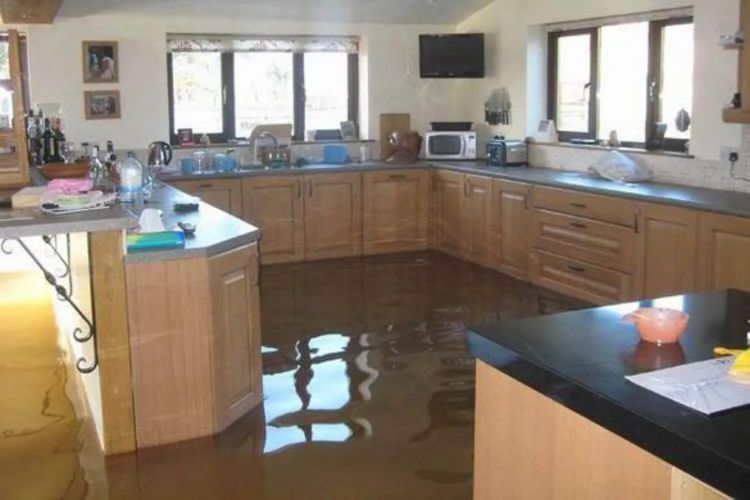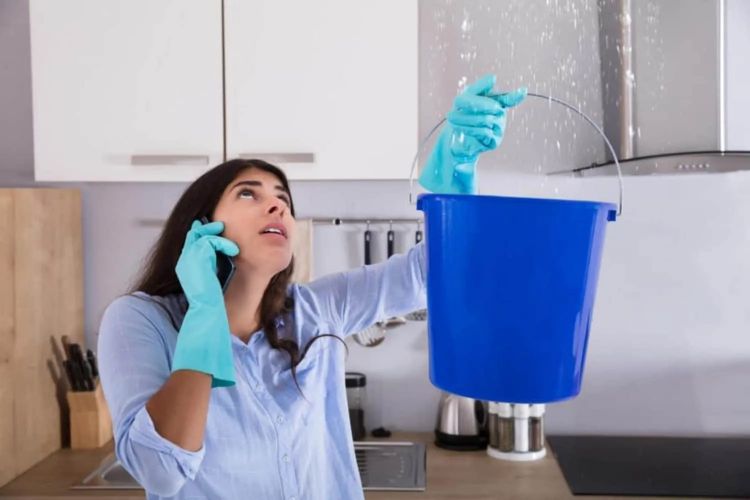When it comes to water damage cleanup, don’t underestimate the importance of proper protective gear. It’s crucial to wear the right equipment to safeguard yourself from contaminated water, which can cause skin irritation, infections, and even respiratory issues. Here’s what you need to do:
- Wear gloves to prevent direct contact with contaminated water
- Use goggles to shield your eyes from potential toxins
- Don a mask to filter out harmful particles and bacteria
- Slip on rubber boots to avoid skin contact with contaminated water
- Take a deep breath and remember that proper protective gear can significantly reduce the risk of respiratory issues caused by accidental inhalation of toxins
By following these simple safety guidelines, you’ll be well-equipped to tackle the cleanup process with confidence, minimizing the risk of health hazards associated with water damage decontamination. Remember, your safety is paramount, and the right protective gear is the key to a successful and healthy cleanup.
